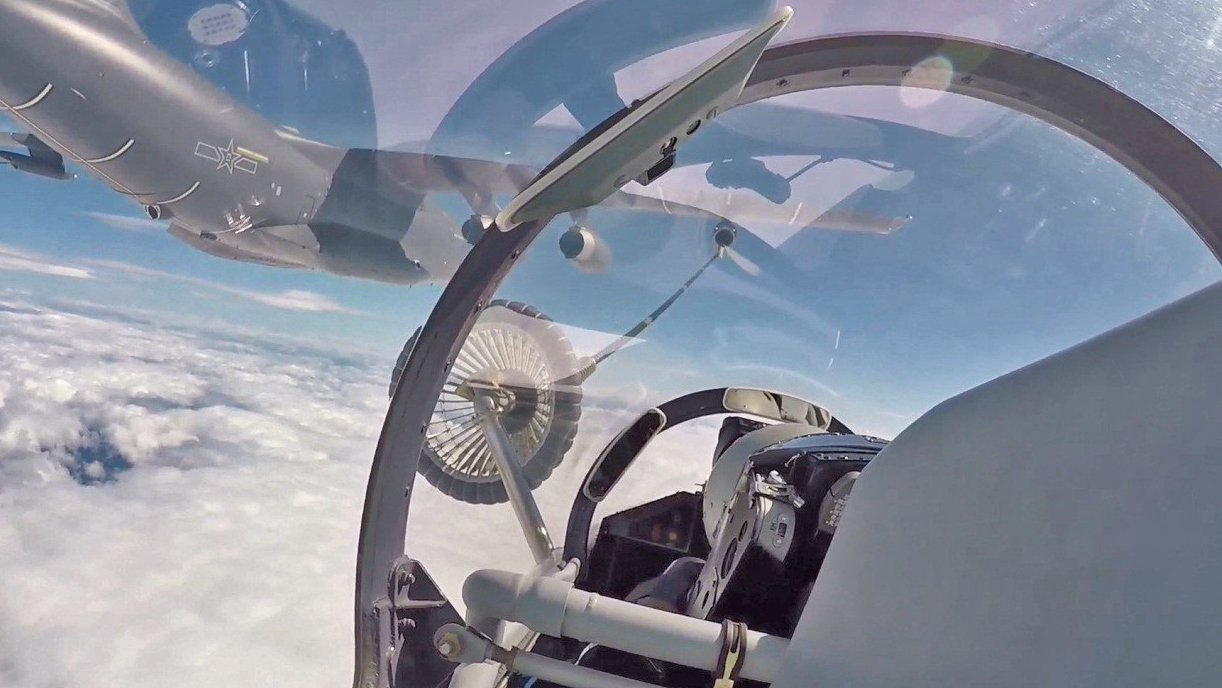After the Chinese military launched short-range ballistic missiles, or SRBMs, directly over Taiwan yesterday, starting its planned four-day series of live-fire exercises close to the island, tensions remain high in the Taiwan Strait, with a record-breaking number of Chinese aircraft, plus warships, entering the area today. Beijing has now also severed some of its relationships with the United States on a range of important issues. At the same time, however, the United States has taken measures to try and reduce tensions with China, including postponing a planned test of an LGM-30G Minuteman III intercontinental ballistic missile (ICBM).
Military drills by the Chinese People’s Liberation Army, or PLA, have continued around Taiwan for a second day, including further accounts of Chinese aircraft and warships crossing the median line in the Taiwan Strait, which serves as a de facto boundary between the island and the mainland. Crossing the median line is itself not an uncommon occurrence, as we have discussed in the past, but it’s the scale at which it is happening now that is most concerning.
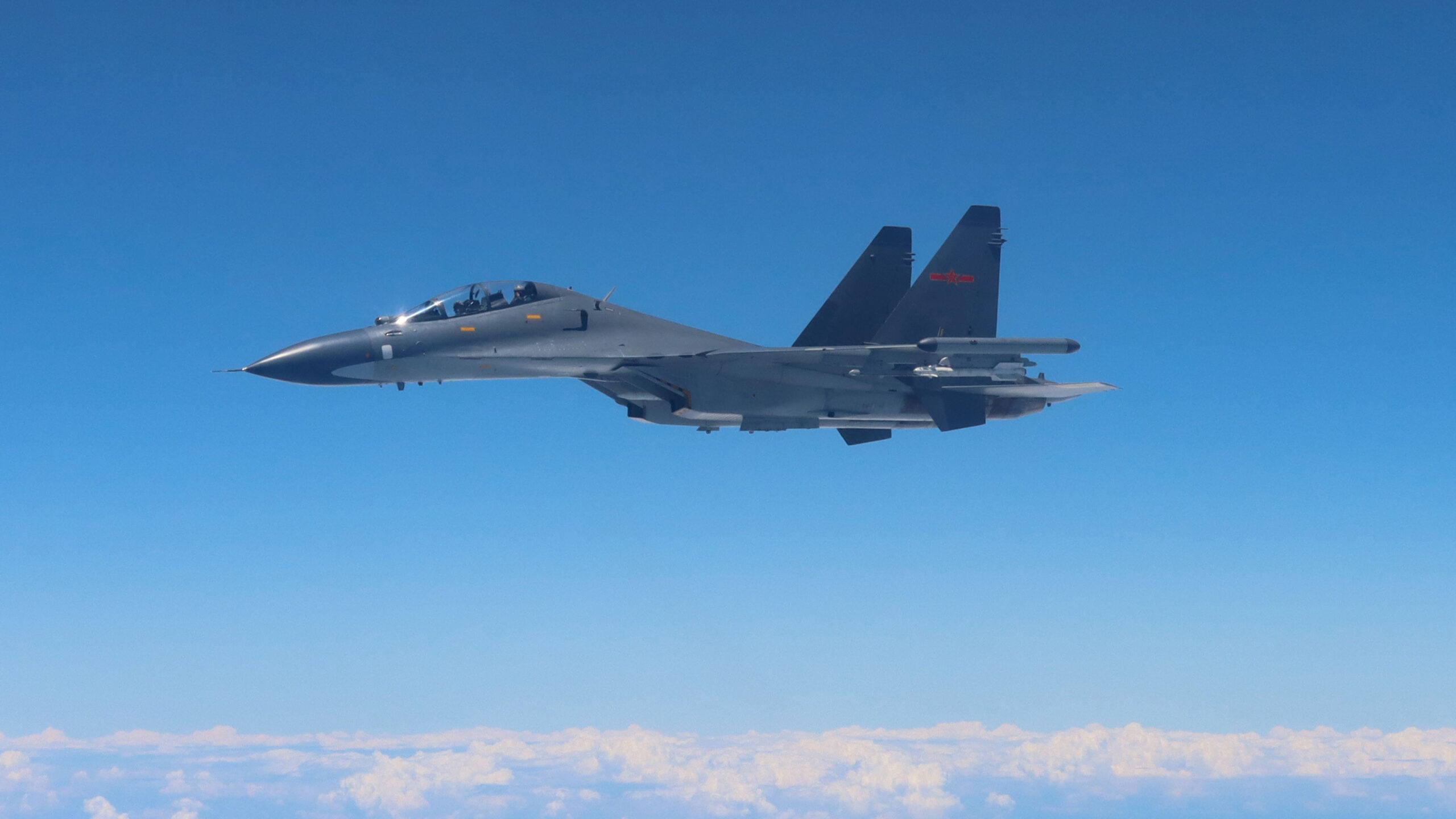
While providing very few details, the PLA’s Eastern Theater Command has confirmed that air and sea combat drills are continuing to the north, southwest, and east of Taiwan, as the Chinese military works “to test the troops’ joint combat capabilities.”
PLA aircraft and ships continue to gather in the Taiwan Strait, and in unprecedented numbers, at least in comparison with recent times. According to Taiwan’s Ministry of National Defense, today saw 68 PLA aircraft and 13 warships underway in the strait — previously, the biggest number of aircraft to enter the strait in a single day was 56, recorded in October last year.
In total, today’s PLA aircraft entering the strait comprised seven J-10, six J-11, 10 J-16, and 24 Su-30 fighter jets, as well as single examples of Y-8 electronic warfare and anti-submarine warfare aircraft.
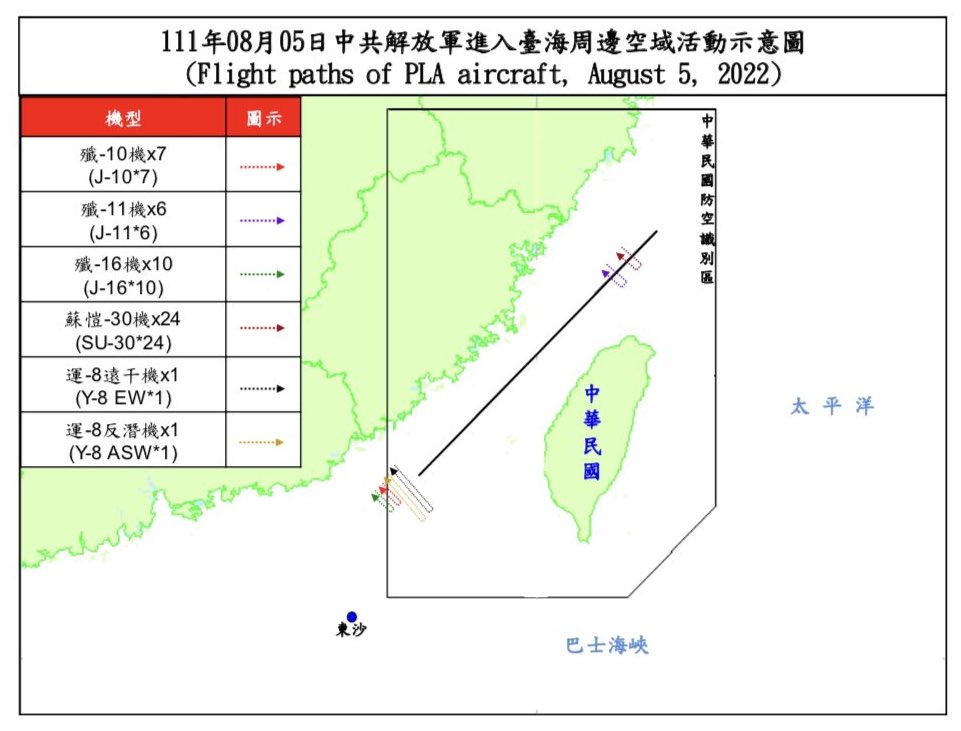
Of this most recent total, the ministry says that 49 aircraft actually crossed over to the east side of the median line, while 19 others remained on the west side. Of course, the median line is an unofficial buffer and is not recognized by Beijing, which views Taiwan as a rogue province that is fully within its sovereign territory.
A different perspective on these latest operations was provided to Reuters by an anonymous source in Taiwan. They claimed that “around 10 Chinese navy ships crossed the median line and remained in the area on Friday morning, and about 20 Chinese military aircraft briefly crossed the median line.”
It’s worth noting, too, that a previous incident involving a large-scale crossing of the median line by the PLA came on September 19, 2020, and coincided with a visit to Taiwan by the then U.S. Under Secretary of State Keith Krach.
According to the Republic of China Armed Forces, it responded to the PLA activity “with surveillance systems, [combat air patrol] aircraft, naval vessels, and missile systems. We condemn such action that disturbed our surrounding airspace and waters and continue to ensure our democracy and freedom free from threats.”
In the past four days, according to Taiwan, a total of 138 PLA aircraft have taken part in maneuvers near Taiwan. However, these may not have all been in the Taiwan Strait, let alone crossing the median line. It’s worth noting that Taiwan’s air defense identification zone, or ADIZ, covers not only the entirety of the strait but also portions of mainland China, too, as indicated by the black box in the graphic seen further up in this article.
Aside from aircraft and ships, the PLA has reportedly also continued to test missiles, after the launch yesterday of DF-15 SRBMs, as many as four of which flew over Taiwan’s capital, while five landed in Japan’s exclusive economic zone (EEZ), according to the Japanese Ministry of Defense. This led to a diplomatic protest by Tokyo.
China’s official Xinhua News Agency said today that the Eastern Theater Command fired “new versions of missiles” that hit unidentified targets in the Taiwan Strait “with precision.” This could refer to unconfirmed reports of a possible new DF-16ZD missile, apparently a new variant of the road-mobile, DF-16 SRBM.
The United States has slammed Beijing for the “provocative” maneuvers, U.S. Secretary of State Antony Blinken saying there was “no possible justification” for them, while being careful to stress that the United States seeks to avoid a crisis over the maneuvers.
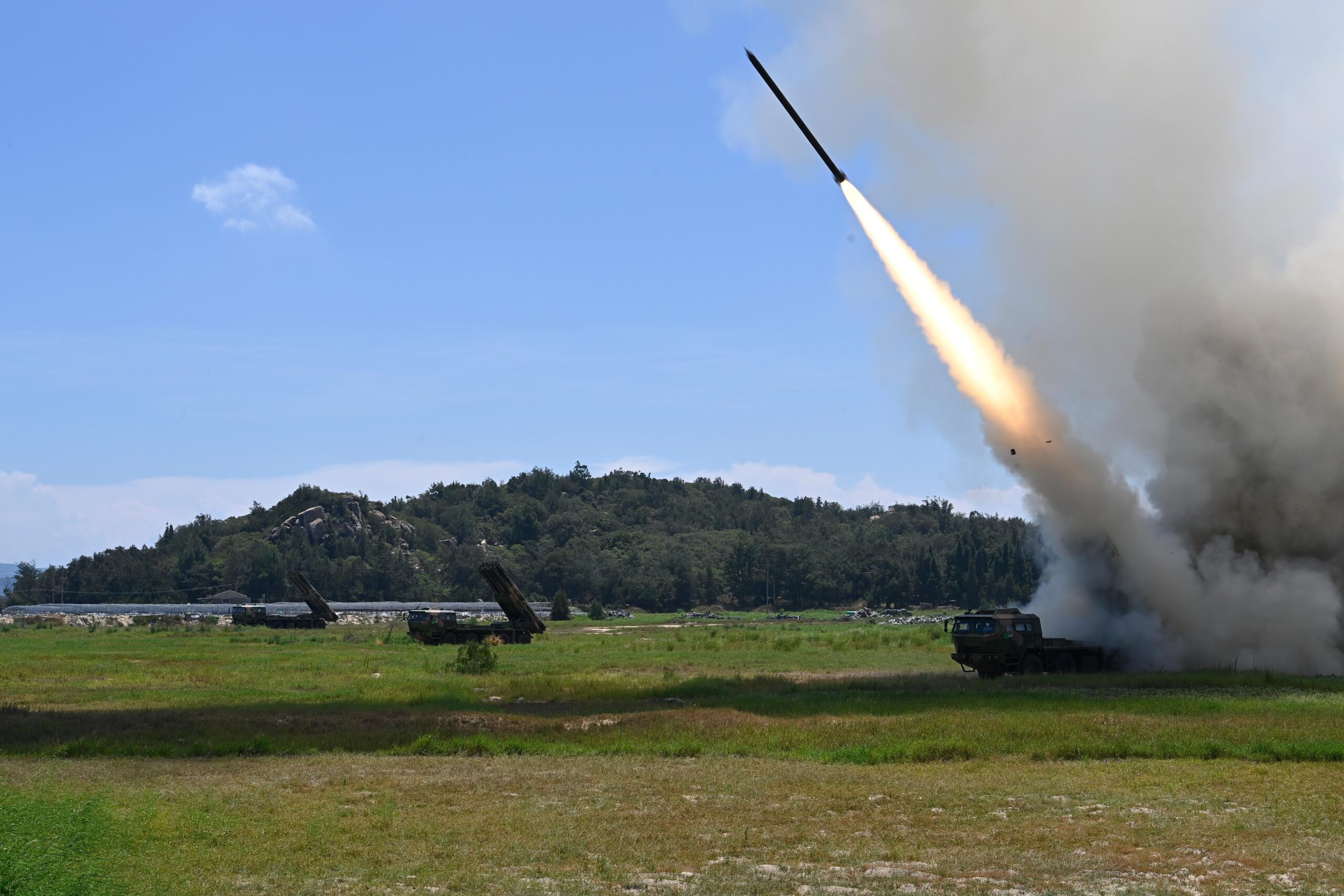
Blinken described the drills as an “overreaction” by China to the visit to Taiwan by U.S. Speaker of the House Nancy Pelosi earlier this week, which you can read more about here. Beijing says that the visit was a “vicious and provocative action.”
Blinken confirmed that the aircraft carrier USS Ronald Reagan also remains in the area and that the U.S. military would continue to fly, sail, and operate in accordance with international law — including maritime transits of the Taiwan Strait.
The United States has also now summoned the Chinese ambassador to the White House to discuss Beijing’s actions.
“After China’s actions overnight, we summoned Ambassador Qin Gang to the White House to démarche him about the PRC’s provocative actions,” White House spokesman John Kirby said in a statement provided to the Washington Post. “We condemned the PRC’s military actions, which are irresponsible and at odds with our long-standing goal of maintaining peace and stability across the Taiwan Strait.”
White House spokesman Kirby also confirmed that the United States had postponed a previously planned test of a Minuteman III ICBM this week due to the tensions with China.
“While China is conducting destabilizing military exercises around Taiwan, the United States is instead displaying the behavior of a responsible nuclear power, reducing the risk of miscalculation,” Kirby said.
This is the second time this year that a planned Minuteman III launch has been scrubbed by the Pentagon, following a postponement in March. That earlier decision was taken to avoid doing anything that could “be misunderstood or misconstrued” by the Kremlin in light of heightened tensions around the war in Ukraine.
Test launches of the Minuteman III are a fundamental part of evaluating the ICBM and gathering data to keep the system effective, including validating its readiness and accuracy, and you can read more about them here.
Beijing has meanwhile doubled down on its response to Pelosi’s trip, announcing sanctions against her and her family, while the Chinese Foreign Ministry has terminated cooperative relationships with the United States on a range of issues.
On a military level, these include working meetings between the respective defense ministries and dialogues between the leaders of Chinese and U.S. military theaters. Other relationships affected by the move include talks on the climate crisis, cross-border cooperation on crime, immigration and anti-drug policies, and a consultation mechanism on maritime military safety between China and the United States. Of these measures, the Chinese statement says that the defense ministry working meetings, communication between military theaters, and the maritime military safety agreement meetings have been outright canceled, while the others have been suspended, suggesting those measures may only be temporary.
With six PLA-declared exercise zones encircling Taiwan, this has also affected shipping in the region, resulting in delayed journeys that have reportedly already been felt within regional and global supply chains.
Indeed, there has been some speculation that it’s the PLA’s ability to enforce a maritime blockade on Taiwan that could potentially be the most worrying aspect of these maneuvers, in regard to a future operation directed against the island.
“In my view, the larger threat is that China is doing a rehearsal for a blockade, demonstrating it can block Taiwan’s ports and airports, and prevent shipping,” said Bonnie Glaser, a Washington-based Asia security specialist at the German Marshall Fund of the United States.
Earlier today, photos appeared on social media purportedly taken from an unidentified Taiwanese freighter. These apparently show a Republic of China Navy’s Cheng Kung class frigate closely shadowing a PLA Navy warship, the Type 052C destroyer Changchun. The encounter reportedly took place off the southwest coast of the port of Kaohsiung, Taiwan.
Taiwan has reiterated that it has no wish to provoke a conflict and that it’s ready to defend its sovereignty and national security. “We are calm and not impetuous, we are rational and not provocative, but we will also be firm and not shirk,” said President Tsai Ing-wen in a video message. “Taiwan will never be knocked down by challenges.”
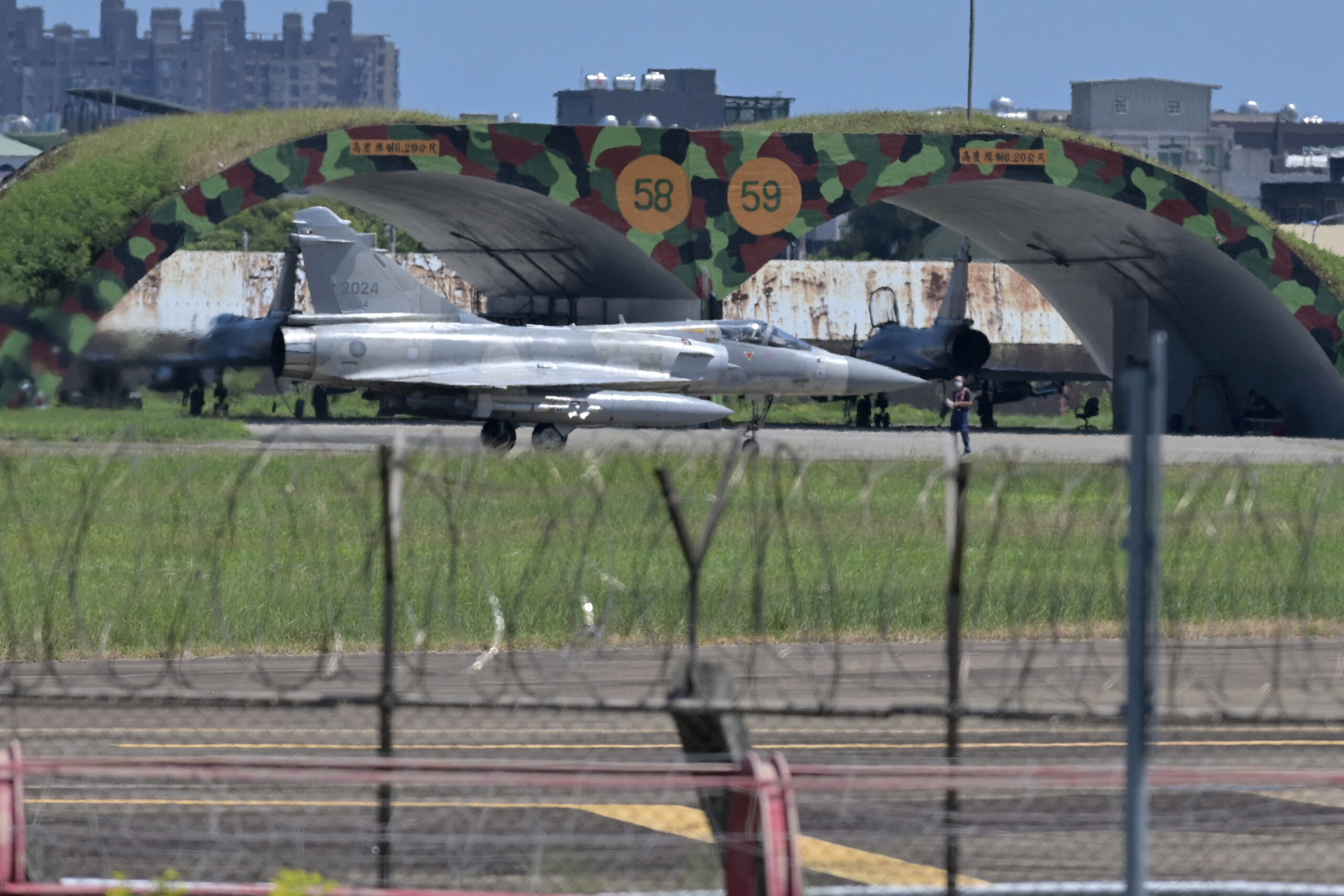
As diplomatic relations between China and the United States — not to mention many other members of the international community — continue to worsen, all eyes are understandably upon Taiwan. Judging by today’s developments, however, the PLA is in no hurry to scale back these unprecedented maneuvers around the island, despite widespread condemnation.
Contact the author: thomas@thedrive.com
